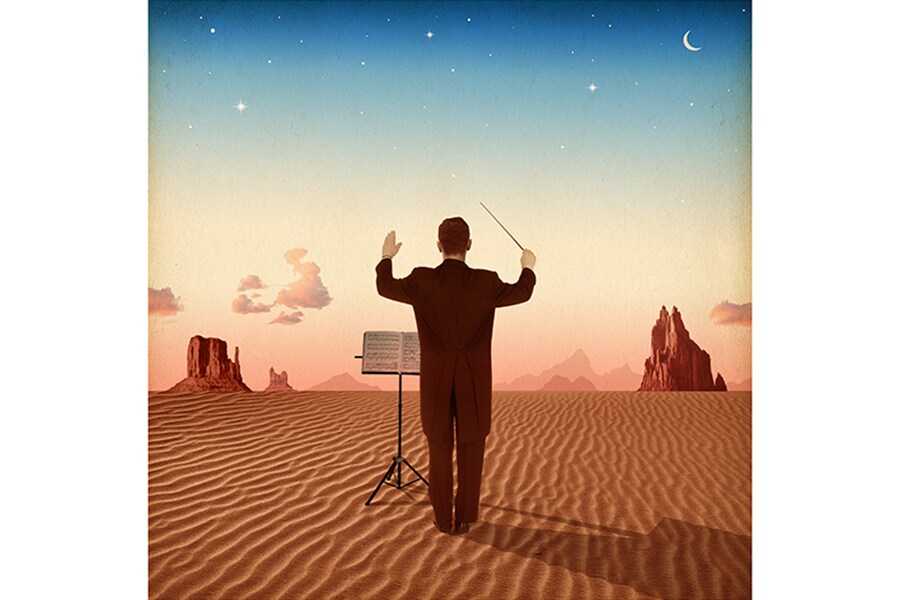
The sound of silence: How to read music's negative spaces
As social beings, we are hard-wired to interpret breaks in the flow of human communication. We recognise the pregnant pause, the stunned silence, the expectant hush. A closer listen shows musical silence to be just as eloquent
 Illustration commissioned for A&L by Jennifer Ledbury
Illustration commissioned for A&L by Jennifer LedburyOne of the most arresting objects on display in the musical instruments galleries of the Metropolitan Museum of Art is a 2,000-year-old bell from Japan that was built to be mute. Dotaku bells such as this one still puzzle historians, but we know they were made without clappers and buried in earth, probably as part of a ritual designed to bless crops.
The first time I saw the Met’s dotaku, I stopped dead in my tracks. The expectation of sound had been turned into a sacrificial act of silence. From inside two slits high up on the bell, I thought I saw the ghost of John Cage smiling out.
Cage’s “4’33’’” may be the most notorious act of silence to be offered as music. But it fits into a long lineage of efforts to endow silence with artistic meaning. In Japanese music, the term “ma” suggests the space in between sounds that a performer must master. Debussy wrote that the music is not in the notes, but in the spaces between them. In a similar vein, Miles Davis said, “It’s not the notes you play; it’s the notes you don’t play.”
As social beings, we are hard-wired to interpret breaks in the flow of human communication. We recognize the pregnant pause, the stunned silence, the expectant hush. A one-beat delay on an answer can reveal hesitation or hurt, or play us for laughs. A closer listen shows musical silence to be just as eloquent.
This is a rough guide to recognizing and reading music’s negative spaces.
1. Before Western composers came up with a way to notate them, the length of rests in music were often dictated by buildings. When groups of monks, facing each other in a reverberant chapel, intoned psalms in plainchant, they inserted a pause in the middle of a verse. The length of this “media distinctio” was partly determined by acoustics: It prevented the next line of text from getting entangled with the resonance trail of the last. But as musicologist Emma Hornby has pointed out, it also created a meditative space. It synchronized the community and underlined, as she writes, “the unity of the monastery breathing and singing together.”
©2019 New York Times News Service














